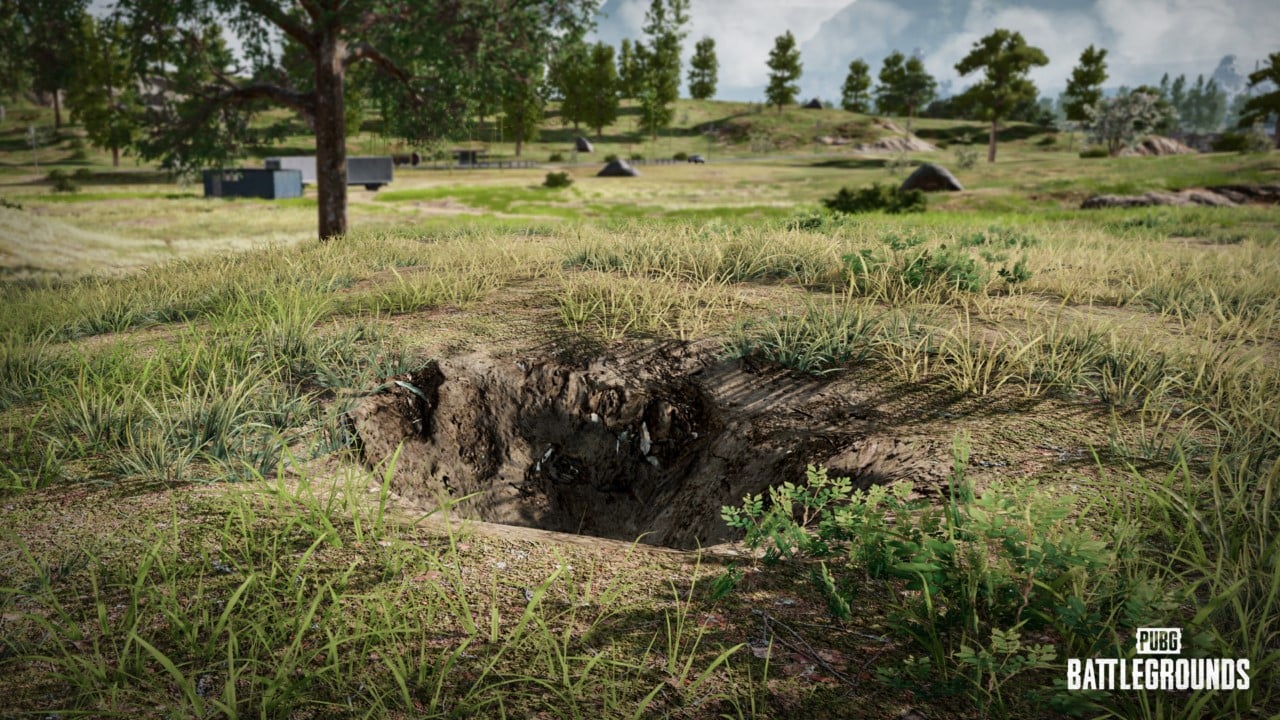Today, a rare natural phenomenon is occurring: a solar eclipse will engulf the United States, Canada and Mexico, during which the Moon will completely block Earth’s sun for a short time.
If you missed the last North American film in 2017, consider seeing it this time. The next solar eclipse will take place in the United States on August 23, 2044, and it won’t be as far-reaching as this one.
If you live in the UK, the show will only be viewable in person from the west of the country, according to the BBC. More importantly, it will only appear as a partial eclipse from this location.
Luckily, there is still a way to watch this incredible event from anywhere in the world. Keep reading if you want to know more. We also have information on how to view the eclipse in person from the United States.
How to stream the solar eclipse from anywhere
If you can’t see the total eclipse in person (for example if you’re in the UK), NASA will broadcast a live stream for everyone to enjoy.
The eclipse will begin at the following times:
- 11:07 a.m. PT
- 2:07 p.m. ET
- 7:07 p.m. BST
It will begin on the Pacific coast of Mexico, gradually cross America and end in Newfoundland, Canada, in the East. It will take just over two hours, giving you plenty of time to connect from the comfort of your own home.
The NASA feed will cover the entire country, so you’ll be able to see the show from many locations. You can listen to it below (the company even put together a slick trailer):
The BBC will also provide British media coverage of the event.
When will the next solar eclipse be in the UK?
If you prefer to view an eclipse in person from Britain, be prepared for a long wait.
The next solar eclipse here will not occur until September 2090 and will only be visible from Cornwall and Devon.
How to watch the solar eclipse in person in the United States
If you are in Mexico, the United States, or Canada, you will only be able to view the full total eclipse from specific locations.
Here is a map from NASA, which shows the way:
Notable locations that will enjoy magnificent views include Niagara Falls, Dallas, Indianapolis, Cleveland and Buffalo.
If you plan to go to a location to watch it in person, you will need protective glasses. Sunglasses won’t be enough to protect your vision: you’ll need real glasses or sun filters.
Many sellers will try to sell uncertified items, but you can find a list of officially approved ones on the American Astronomical Society website.
Some large licensed retailers selling glasses and filters in-store include Walmart, 7-Eleven, and Staples.








